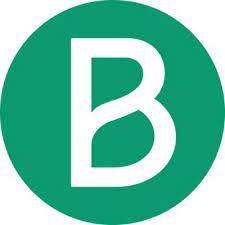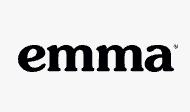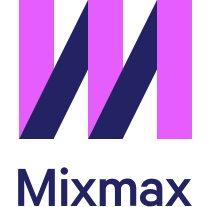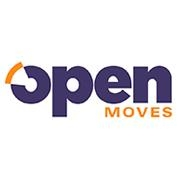SalesLoft vs HubSpot Marketing
Hyperise integrates with 100's of sales and marketing tools, many of which are in the Email Marketing category. With so many to choose from it's sometimes hard to know which is best, but don't worry, we've got your covered.
In this comparison guide we're going to look at the Highlights, Pros, Cons and Pricing of SalesLoft and HubSpot Marketing. We'll also delve into the details of which offers the best personalization options within Email Marketing, with there respective Hyperise integrations

SalesLoft
Pricing: SalesLoft offers a variety of pricing plans for its sales engagement platform, including: - Standard: $75 per user per month (billed annually) or $89 per user per month (billed monthly) - Professional: $125 per user per month (billed annually) or $145 per user per month (billed monthly) - Enterprise: Contact SalesLoft for a custom quote Each plan includes different levels of features and functionality.Vs

HubSpot Marketing
Pricing: HubSpot offers a range of pricing plans, depending on the specific features and level of management you need. Here is an overview of their current pricing tiers: 1. Free: The Free plan includes basic marketing, sales, and customer service tools. 2. Starter: The Starter plan starts at $50/month and includes more features, such as lead capture forms and email marketing. 3. Professional: The Professional plan starts at $890/month and includes advanced marketing automation and reporting capabilities. 4.
SalesLoft vs HubSpot Marketing Highlights
Salesloft is a sales engagement platform that offers features such as sales automation, cadence management, and analytics to help sales teams accelerate their sales cycle. Hubspot, on the other hand, is an all-in-one marketing, sales, and service platform that offers customer relationship management (CRM), marketing automation, and sales tools to help businesses grow.
While both Salesloft and Hubspot offer sales tools, Salesloft is focused specifically on sales engagement, whereas Hubspot offers a broader range of tools covering marketing, sales, and customer service. Additionally, Salesloft is designed for sales teams who prioritize outbound communication and need a platform to help manage their outreach efforts. Meanwhile, Hubspot is designed for businesses of all sizes looking for a comprehensive CRM and marketing automation system to manage their entire customer journey.
Ultimately, whether a business chooses Salesloft or Hubspot depends on their specific needs, goals, and priorities related to sales and marketing.
SalesLoft vs HubSpot Marketing Pros
SalesLoft Pros
- SalesLoft has a more streamlined and user-friendly interface compared to HubSpot
- SalesLoft offers advanced sales engagement features such as automated cadences and integrated dialer
- SalesLoft has a greater emphasis on personalized messaging and account-based selling
- SalesLoft integrates with a wide range of platforms including Salesforce, LinkedIn Sales Navigator, and ZoomInfo
- SalesLoft offers more robust reporting and analytics capabilities, allowing for better tracking and optimization of sales efforts
HubSpot Marketing Pros
- Here are some possible pros for HubSpot compared to SalesLoft:
- All-in-one marketing, sales, and service platform, while SalesLoft is mainly focused on sales.
- Includes a comprehensive CRM (customer relationship management) system, while SalesLoft integrates with various third-party CRMs.
- Offers a free CRM and basic marketing tools, while SalesLoft does not have a free option.
- Provides a wide range of features for inbound marketing, such as blogging, social media, SEO, landing pages, and email marketing.
- Offers advanced analytics and reporting on website traffic, lead generation, and customer behavior, which can help you optimize your marketing and sales strategies.
- Includes a lead scoring system that helps you prioritize leads based on their likelihood to become customers.
- Provides a visual drag-and-drop editor for creating customized workflows and automating repetitive tasks.
- Offers a marketplace with hundreds of integrations with other tools and apps, including popular ones like Zapier, Slack, Trello, and Shopify.
- Provides a user-friendly interface and comprehensive documentation and resources to help you get the most out of the platform.
SalesLoft vs HubSpot Marketing Cons
SalesLoft Cons
- Limited customization options for sales processes
- No built-in customer service tools for communication and support
- Requires some technical expertise for integration with third-party software
- Higher pricing than HubSpot for certain plans
- More complicated and longer onboarding process for new users
- Limited social media monitoring and management capabilities
- Limited reporting and analytics features compared to HubSpot.
HubSpot Marketing Cons
- Here are some cons of Hubspot compared to SalesLoft:
- Hubspot has a steeper learning curve compared to SalesLoft, which could be intimidating for users who are not willing to spend time learning how to navigate the platform.
- Hubspot's pricing may be higher compared to SalesLoft, especially for small businesses or startups who are on a tight budget.
- Hubspot may not be the best choice for companies that prioritize outbound sales, as SalesLoft offers more advanced features for prospecting, cadence building, and outreach.
- Hubspot's reporting and analytics features may not be as robust as those of SalesLoft, making it more challenging for teams to track and optimize their sales performance.
- Hubspot may have some limitations when it comes to advanced customization and integration with other tools, depending on the specific needs of the business.
SalesLoft & HubSpot Marketing Hyperise Integrations
SalesLoft uses the HTML code embed method to integrate with Hyperise, giving a simple way to add personalized images to your messages.
SalesLoft makes the following data points available to Hyperise, to enable personalization in images used in outreach and linked out to your personalized website landing pages.
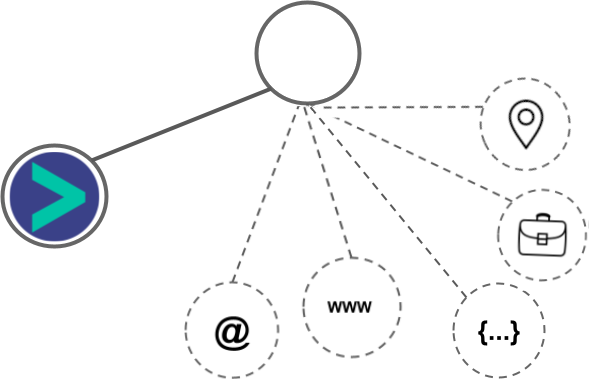
- Using business Email passed from SalesLoft, Hyperise is able to enrich business logo and website screenshots. In some cases, with a business Email we're also able to enrich profile images, subject to the business email having a publicly available profile.
- Business name
- Category
- City
SalesLoft Integration Guide
HubSpot Marketing uses the HTML code embed method to integrate with Hyperise, giving a simple way to add personalized images to your messages.
HubSpot Marketing makes the following data points available to Hyperise, to enable personalization in images used in outreach and linked out to your personalized website landing pages.

- Using business Email passed from HubSpot Marketing, Hyperise is able to enrich business logo and website screenshots. In some cases, with a business Email we're also able to enrich profile images, subject to the business email having a publicly available profile.
- Using business Website passed from HubSpot Marketing, Hyperise is able to enrich business logo and website screenshots.
- Business name
- Job title
- City
- Country
HubSpot Marketing Integration Guide
 vs
vs  vs
vs  vs
vs 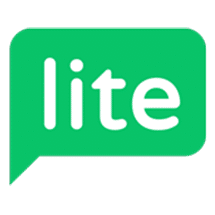 vs
vs  vs
vs 

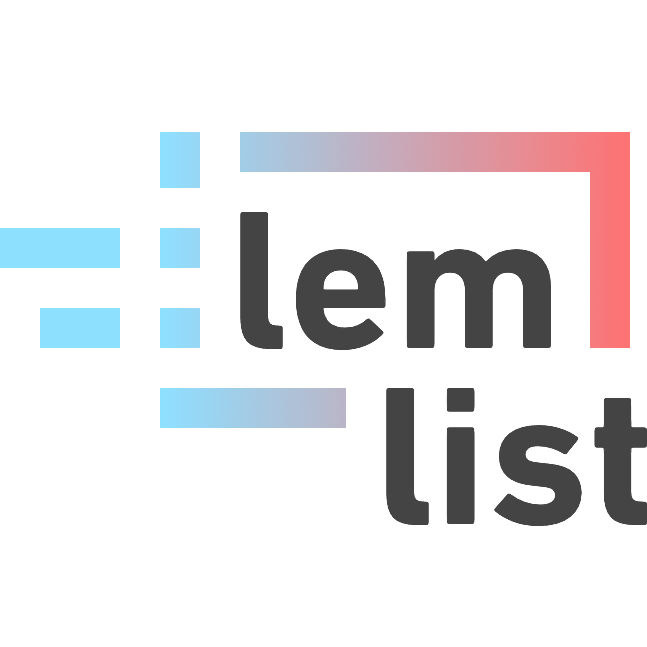



 vs
vs  vs
vs 
 vs
vs  vs
vs  vs
vs  vs
vs 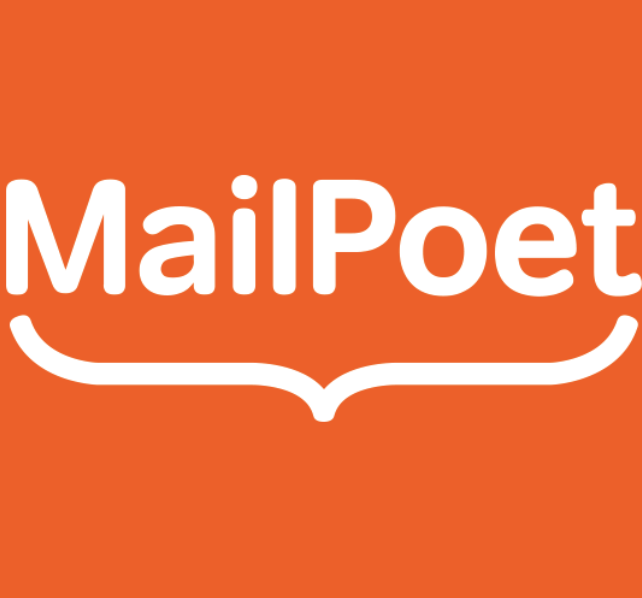 vs
vs  vs
vs  vs
vs  vs
vs  vs
vs  vs
vs 

 vs
vs 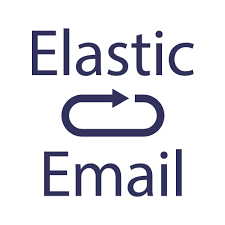


 vs
vs 




 vs
vs  vs
vs 